Aeon Video has a monthly newsletter!
Get curated editors’ picks, peeks behind the scenes, film recommendations and more.
Why making if-then connections might be the key to consciousness
As recently as just a few decades ago, the interconnected web of experiences, thoughts and emotions known as a ‘stream of consciousness’ was widely believed to belong to humans alone. A still-accumulating body of evidence, however, strongly indicates that consciousness is far from unique to us. Rather, according to the Cambridge Declaration on Consciousness, which was signed by a group of leading scientists in 2012, it’s possessed by ‘nonhuman animals, including all mammals and birds, and many other creatures, including octopuses’.
So when and why did consciousness spring from the tree of life? This brief explainer from BBC Reel outlines one groundbreaking new theory from Eva Jablonka at Tel Aviv University and Simona Ginsburg at the Open University of Israel. Centred on a concept called ‘unlimited associative learning’ – the ability to link events and outcomes, and change behaviours accordingly – their theory proposes that the advent of consciousness some 500 million years ago gave way to an evolutionary ‘arms race’ in sophisticated thinking.
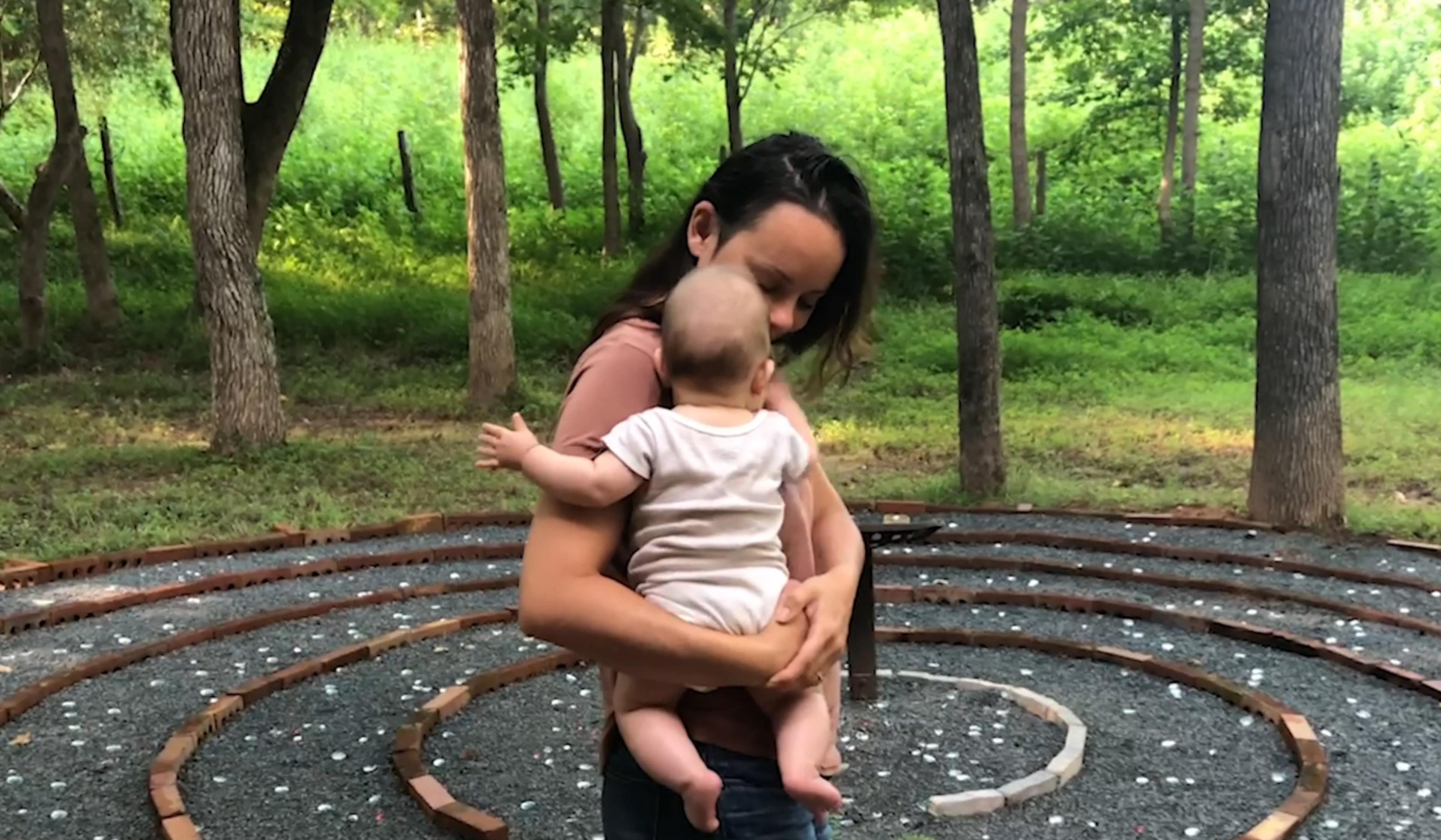
video
Biography and memoir
As her world unravels, Pilar wonders at the ‘sacred geometry’ that gives it structure
20 minutes
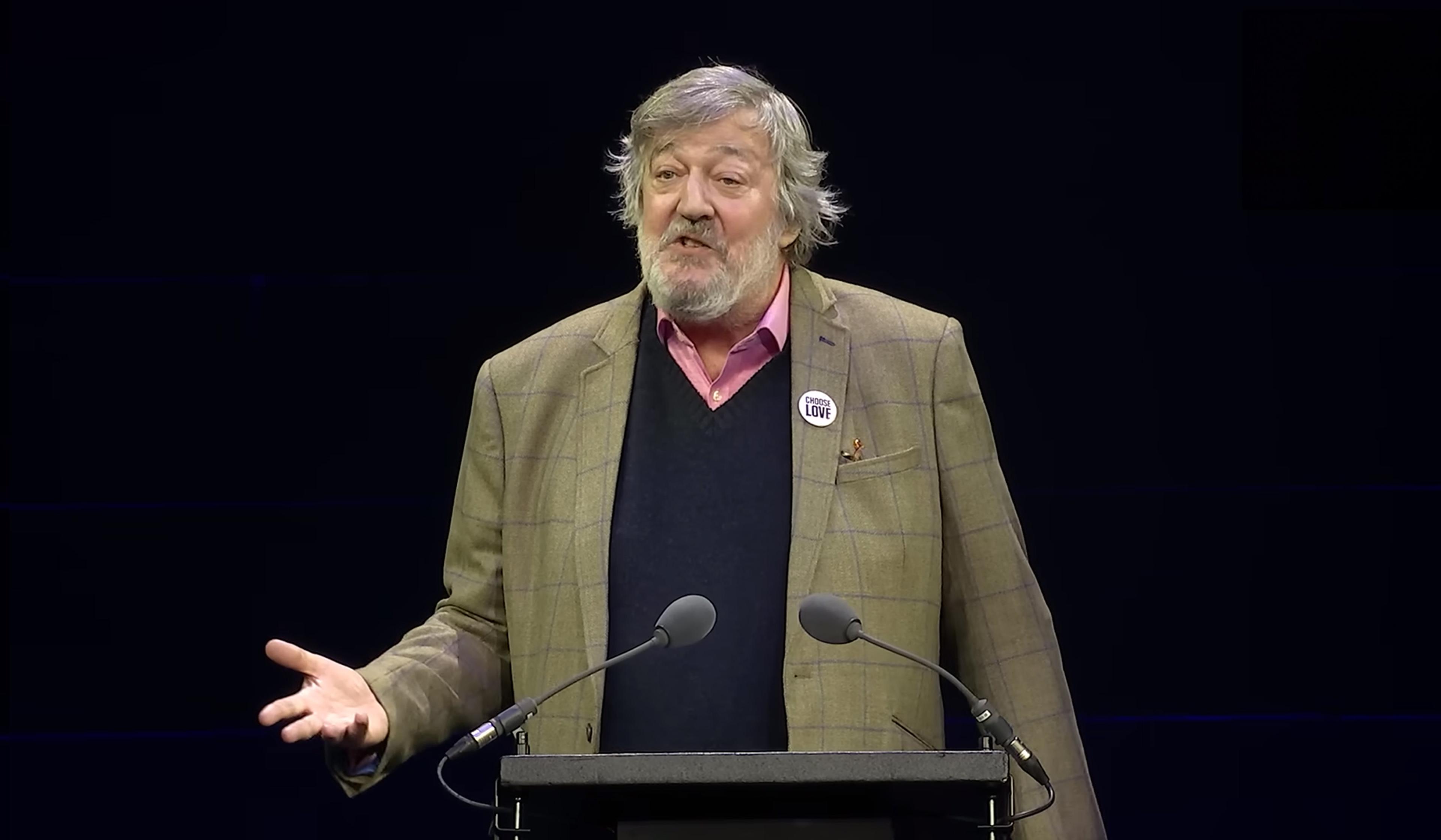
video
Meaning and the good life
Why strive? Stephen Fry reads Nick Cave’s letter on the threat of computed creativity
5 minutes
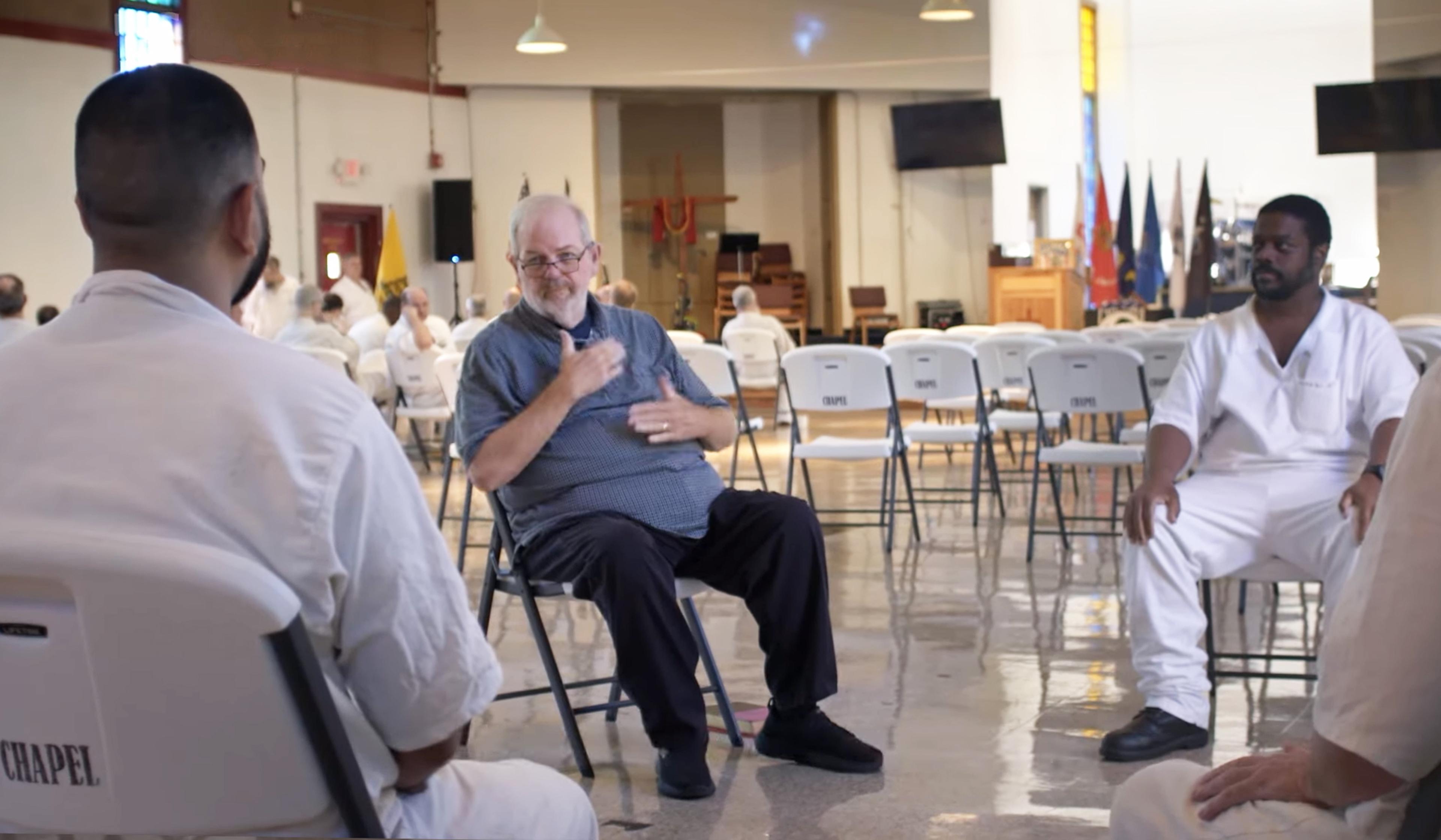
video
Human rights and justice
‘I know that change is possible’ – a Deaf prison chaplain’s gospel of hope
18 minutes

video
Physics
Find the building blocks of nature within a single, humble snowflake
4 minutes
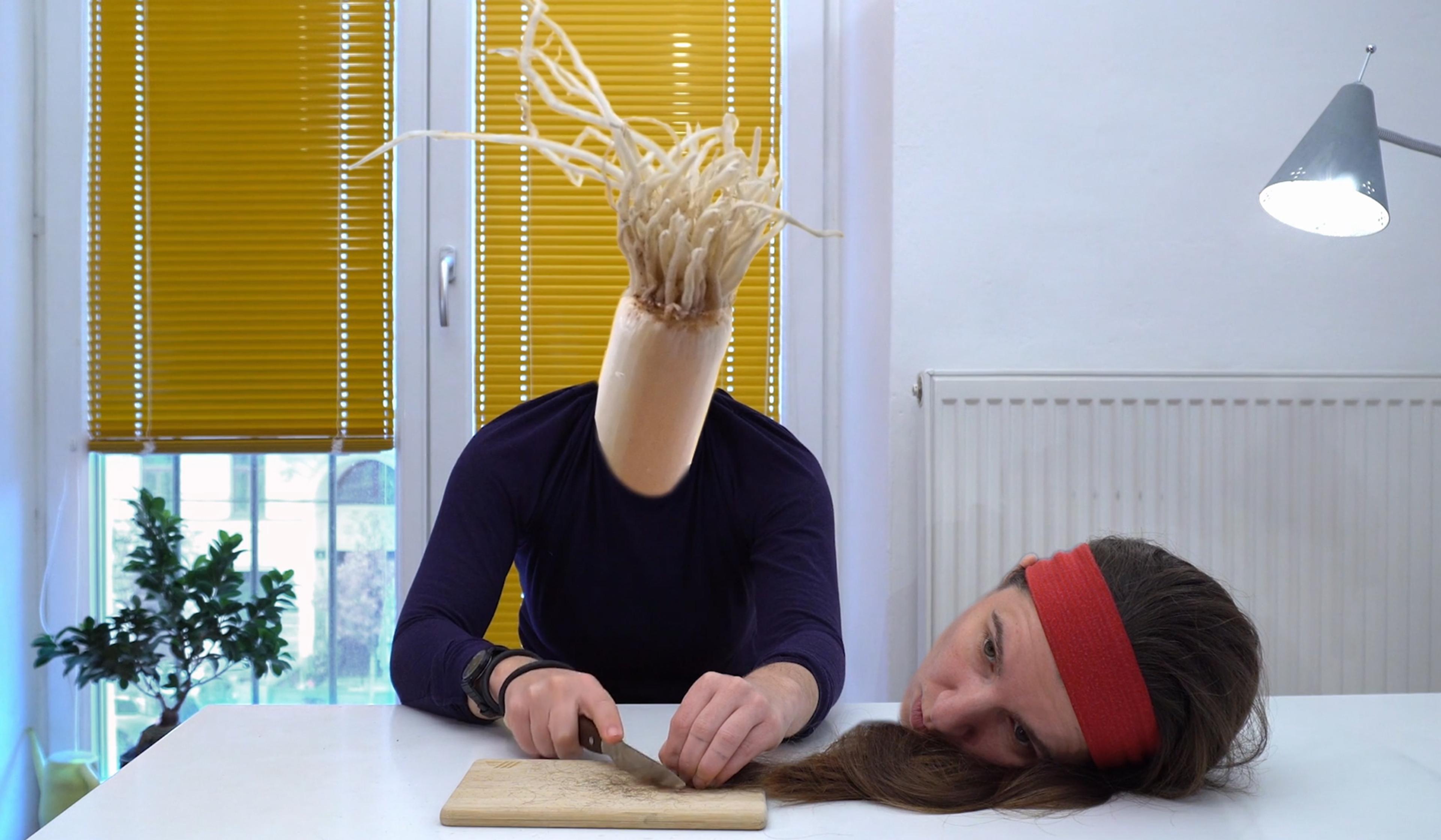
video
Technology and the self
An artist swaps her head with everyday objects in a musing on consumerism
4 minutes
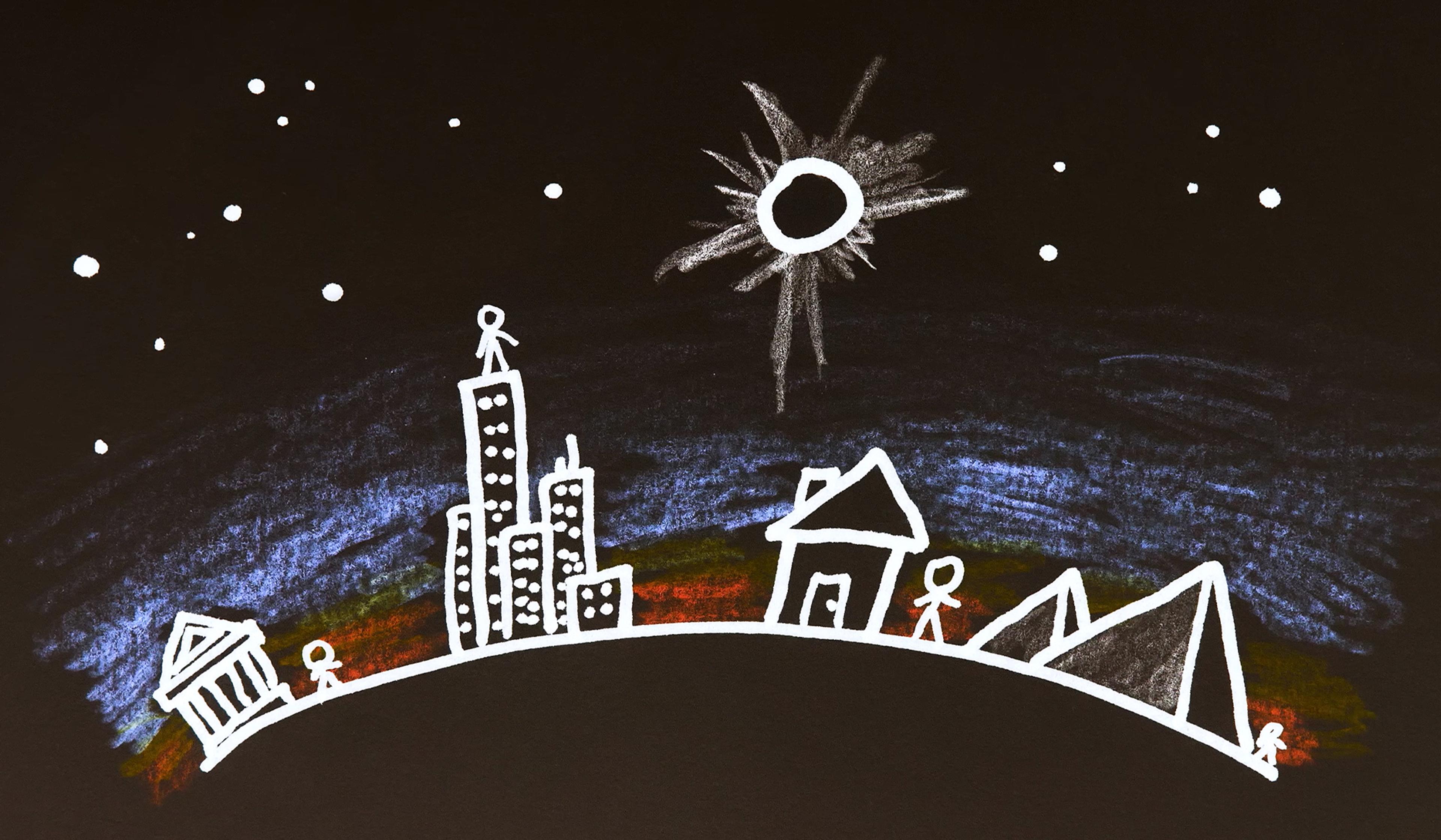
video
Physics
Why the golden age of total solar eclipses is already behind us
5 minutes
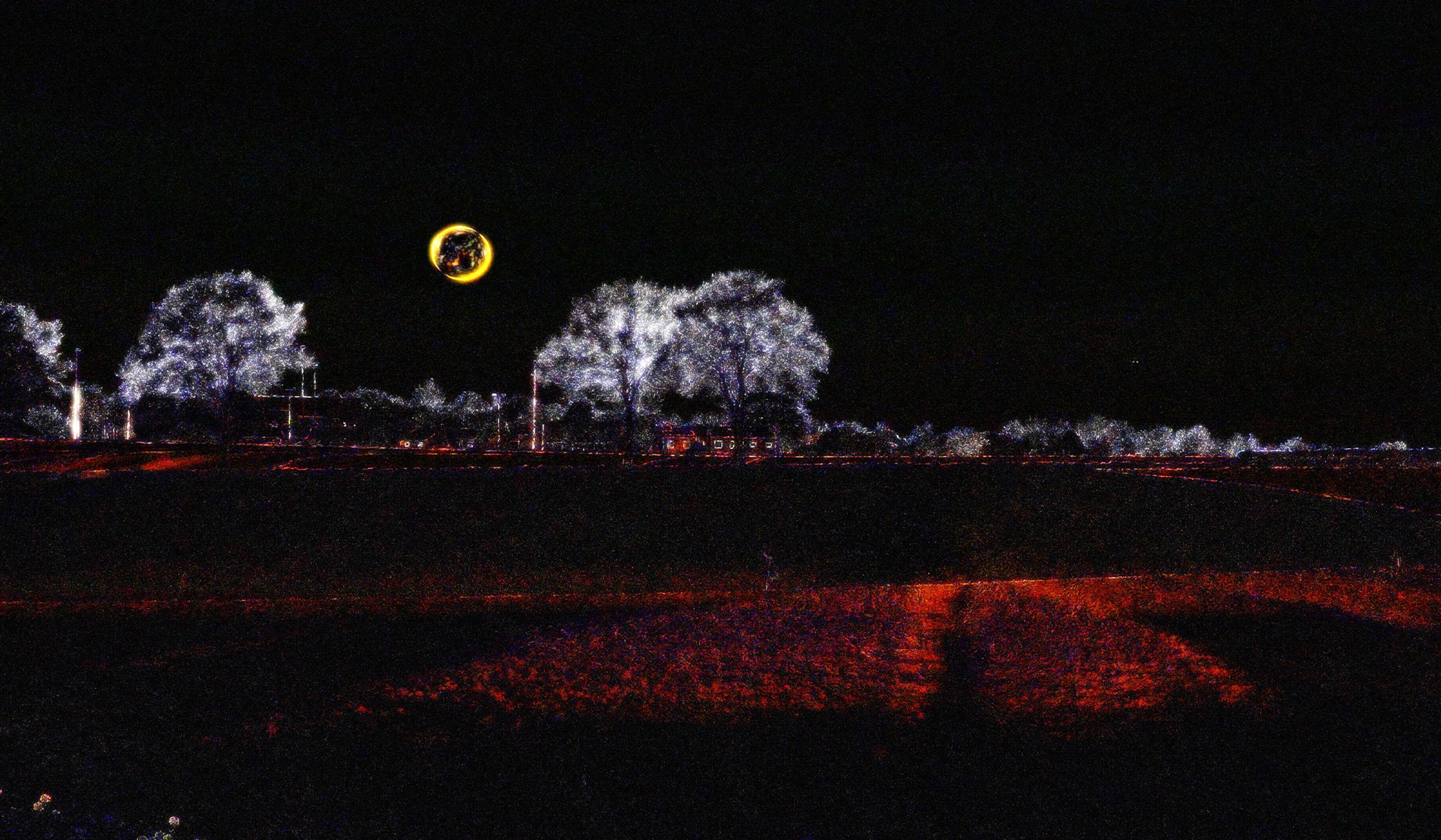
video
Film and visual culture
An augmented-reality filter reveals the hidden movements all around us
7 minutes
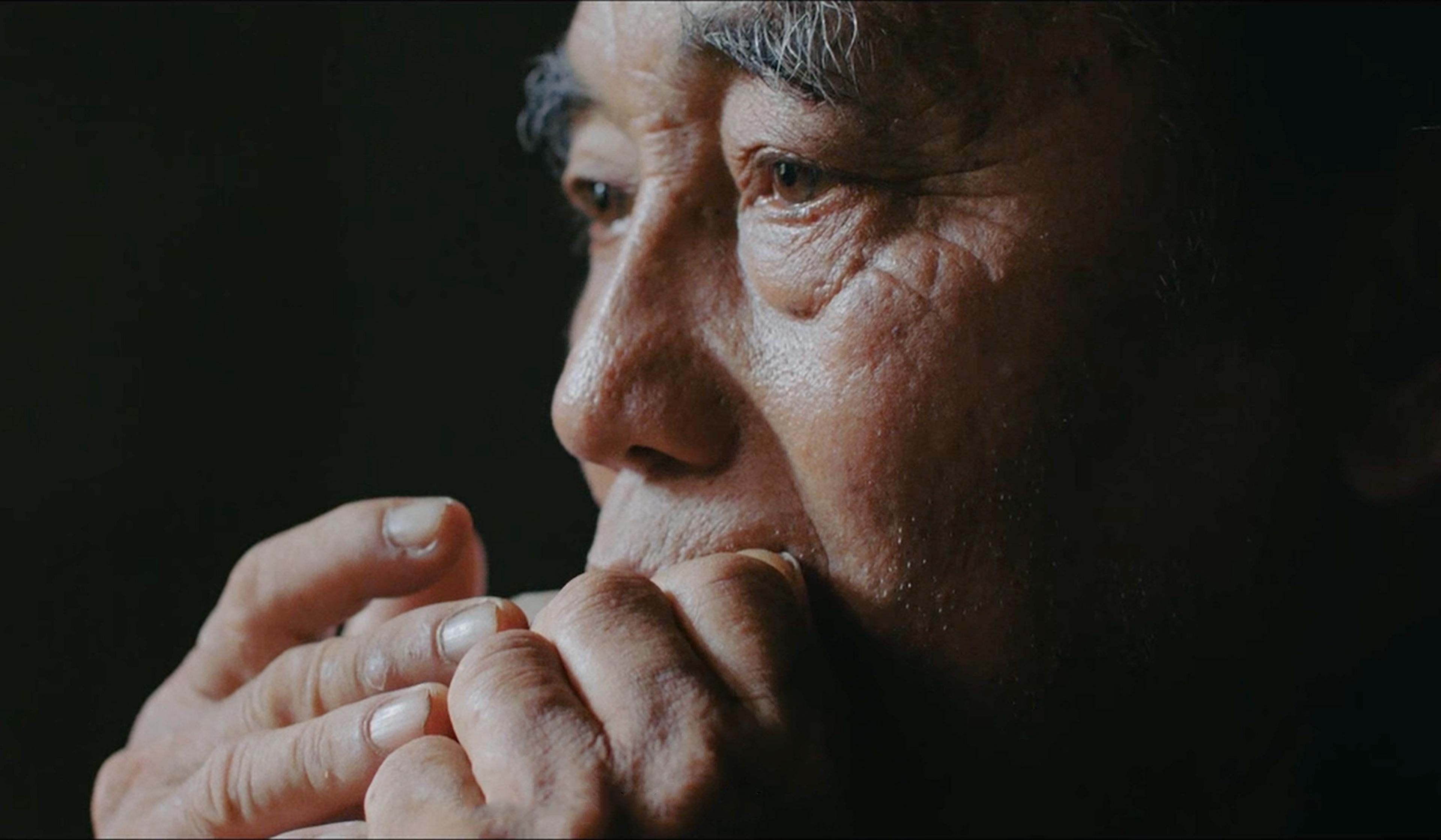
video
Language and linguistics
Messages born of melody – hear the whistled language of the Hmong people
18 minutes
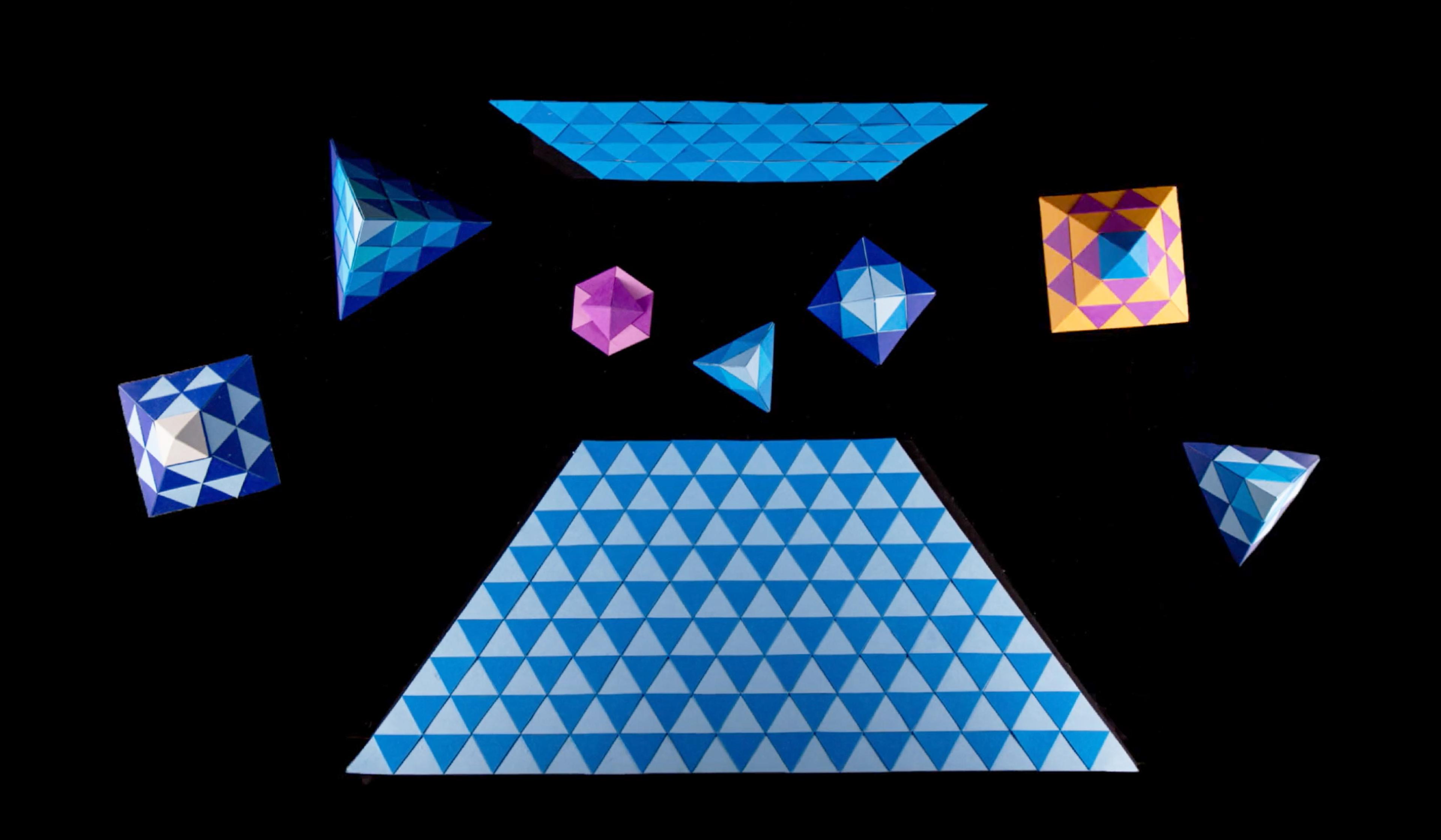
video
Film and visual culture
Stop-motion origami unfurls in a playful exploration of how senses overlap
3 minutes